
Many insects are very beneficial to humans. Without bees and butterflies pollinating flowers, we’d be left without crops. And without praying mantises and ladybugs, our gardens would be filled with pests and parasites. We want to protect these helpful insects and encourage their populations in every yard and garden.
But not insects are made equal. Some bugs can single-handedly wipe out entire ecosystems, often because they weren’t supposed to exist there, to begin with. We’re talking about invasive insects, which have hitchhiked their way onto new continents with humans. Such invasive insects can upset the delicate balance of native ecosystems, wrecking local plants and pushing out native insects.

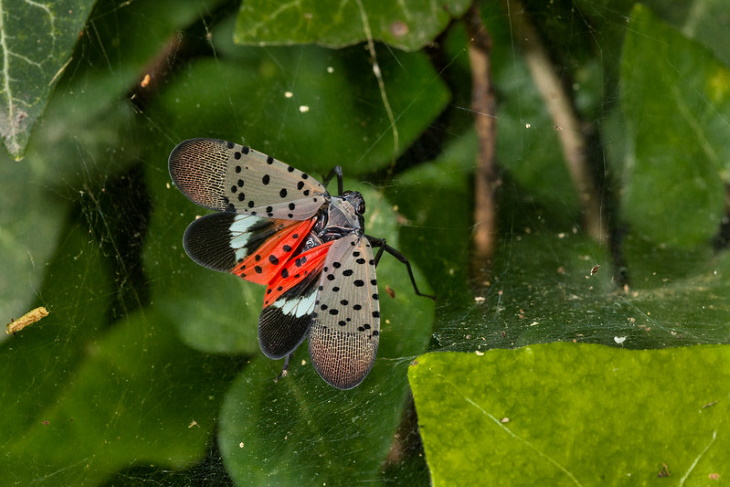
Many of the invasive insects listed here happen to be quite beautiful, and the Spotted lanternfly is no different. But don’t be deceived by the vibrant colors and intricate patterns of its wings, for the spotted lanternfly is a vicious pest.
First discovered in Pennsylvania in 2014, the spotted lanternfly was brought in via commercial goods from northern China. Despite efforts to quarantine and eradicate the pest, it quickly spread across the Northeast.
Only about an inch long, the spotted lanternfly has dotted tan front wings and red and black speckled hind wings. While these insects is of no risk to humans, they eat crops, leaving behind sticky honeydew that cuts down yields. The bugs favor fruit trees, grapes, and trees of heaven to lay eggs.
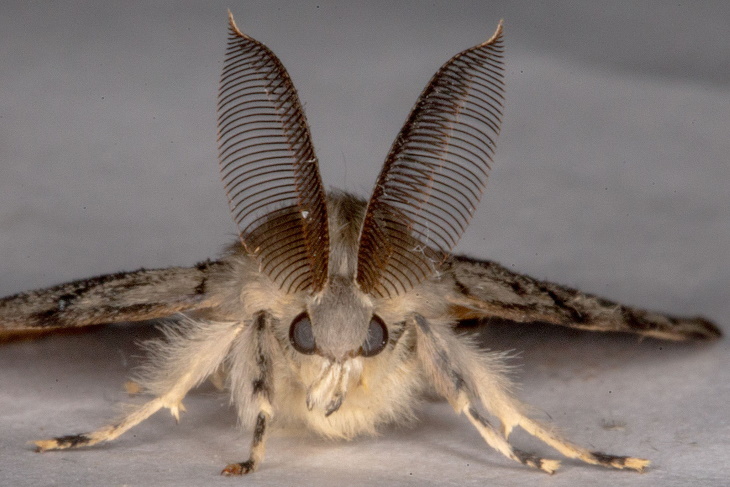
Another cute but deadly insect is the invasive spongy moth, whose name was recently changed by the Entomological Society. The moth species is native to North Africa, Asia, and Europe, and it can be easily spotted for its brown velvety wings and fluffy antennae.
For far too long, the spongy moth has been wreaking havoc across the northeastern US and Canada. It is believed to have been brought to Massachusetts in the 1800s!
Why is the spongy moth dangerous, you ask? The moth can devour the foliage of hundreds of native shrubs and trees, and the moth’s larvae can practically eradicate entire trees.
Related Article: 7 Invasive Garden Plants to Avoid
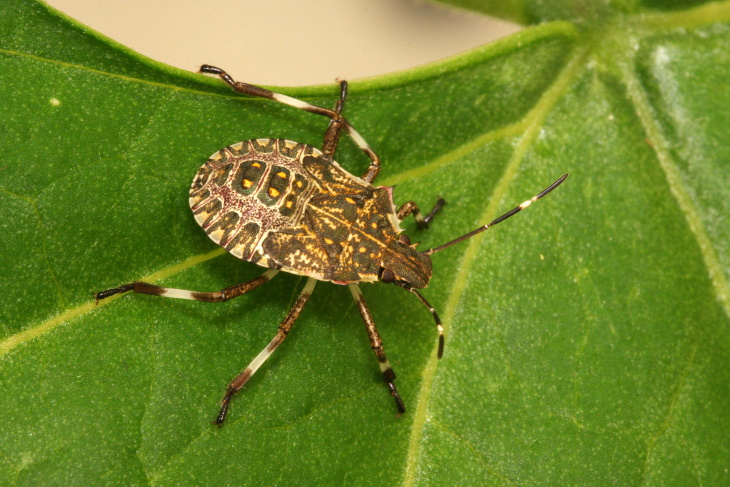
Like most of these insects, the brown marmorated stink bug was brought to the United States by accident. Native to East Asia, the pest was introduced to North America in the 1990s but remained undetected for a decade. Sadly, by this time, the species was already killing off millions of dollars worth of crops and fruit trees in the Mid-Atlantic.
The marmorated stink bug has the characteristic flat body of a stink bug and a marbled coloring reminiscent of a turtle shell. The bug wipes out fruit trees, vegetables, and field crops.
Growers often need to use double the insecticide to save their harvest. Currently, the species has spread across most states, and any attempts of controlling its spread have been unsuccessful.

It’s easy to confuse the spotted wing drosophila with a regular fruit fly, but there’s a key difference. While most Drosophila species are only attracted to spoiled fruit, Drosophila suzukii lay eggs in still-ripening fruit. When the time comes to pick the fruit, it’s already crawling with fly larvae.
Spotted wing drosophila is a rather unremarkable tiny fruit fly. The males of the species have two black spots at the edges of their wings.
First discovered in California in 2008 on berries, these fruit flies have been rapidly spreading ever since. In just a year, they made it to British Columbia in Canada! The reason why is simple - the species multiply with lightning speed. Within one growing season, the insects can cycle through 13 generations of offspring.
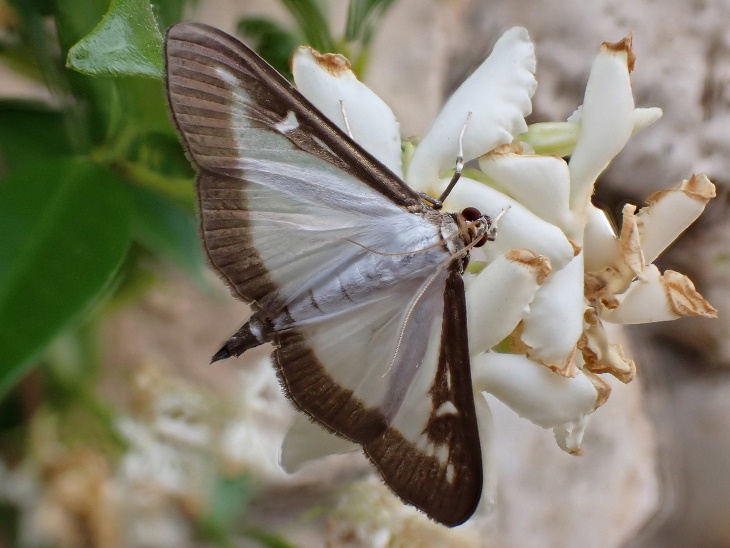
Another invasive moth species was detected in the US in 2021. The box tree moth was imported from Ontario, Canada, through nursery plants. When in its caterpillar form, the invasive species can kill boxwood plants, which are widespread across the US.
If you have boxwood in your yard, inspect it for webbing, caterpillars, eggs on the undersides of leaves, and moths. The USDA also asks homeowners to report if they see these pests to their local office or the state agriculture department.
Adult box tree moths have white wings with brown edges and white bodies with brown heads. Some box tree moths can also have fully brown wings. Box tree moth caterpillars are green and yellow with black, yellow, and white stripes and spots on the back. As for the moth eggs, they’re pale yellow and usually appear in clusters on the leaf.
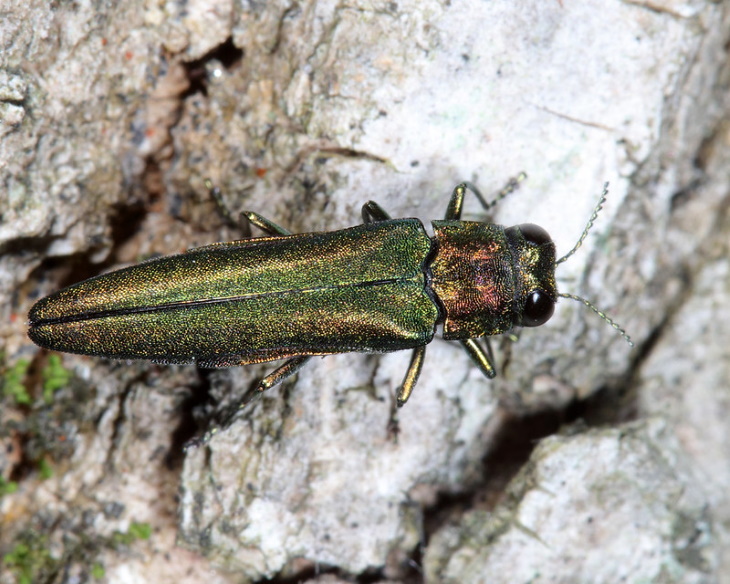
Image source: Flickr
With its big black eyes and iridescent green body that shifts gold and red, the emerald ash borer could easily win an insect beauty contest. But their flashy looks don’t excuse them from decimating tens of millions of ash trees across the country. And for this, they should be banished from the US forever. Despite being native to northeast Asia, these emerald bugs suddenly appeared in Michigan in 2002 and quickly spread across the country.
If you have ash trees in your yard, they could be targeted by this invasive insect. The bugs use trees to deposit their eggs. The larvae then burrow into the bark, eating away the tree from the inside. While ash trees native to Asia have protective mechanisms that guard them against these beetles, ash trees native to North America are completely defenseless.
Although signs of an emerald ash borer infestation only tend to show up after years, look for the following signs: wilted or yellow foliage, falling bark, dying branches, and D-shaped exit holes. "Unusual amounts of woodpecker activity can also indicate that these hungry birds have found the larvae inside," said van Dr. Charles van Rees, a conservation scientist in a blog post.
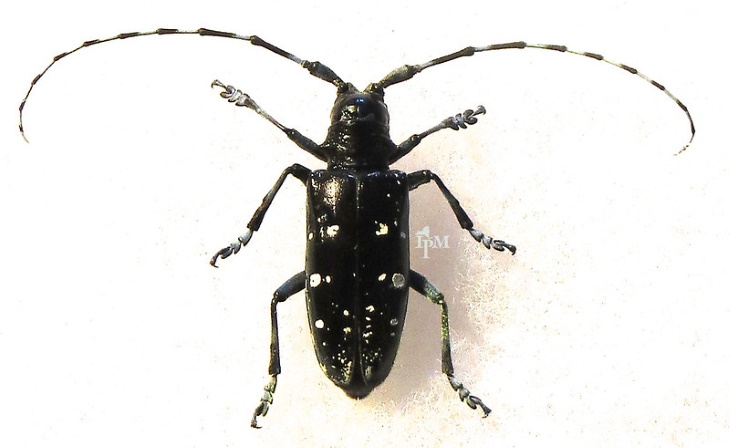
Image source: Flickr
Another insect that damages hardwood trees across the country is the Asian longhorn beetle. Similar to the emerald ash borer, the beetle lays eggs into the bark of trees, and its larvae destroy the tree from the inside. The symptoms of an Asian longhorned beetle infestation are the same, other than the holes that young beetles drill when they’re ready to exit the tree are not D-shaped but large and perfectly round.
The USDA warns that the Asian longhorn beetle poses the greatest threat to native hardwood trees - more than the Dutch elm disease, spongy moths, and chestnut blight combined. Elm, poplar, birch, and many other hardwoods across Ohio, New York, and Massachusetts are in danger.
Trees are defenseless against this massive beetle, and there are no native predators that could kill the bug in the US. The bugs are pretty easy to identify: they have a glossy black body with small white spots and striped black-and-white antennae. The beetle itself is not dangerous to you or animals. USDA officials ask the public to contact the APHIS hotline at 1-866-702-9938 if they see signs of an Asian longhorned beetle infestation.
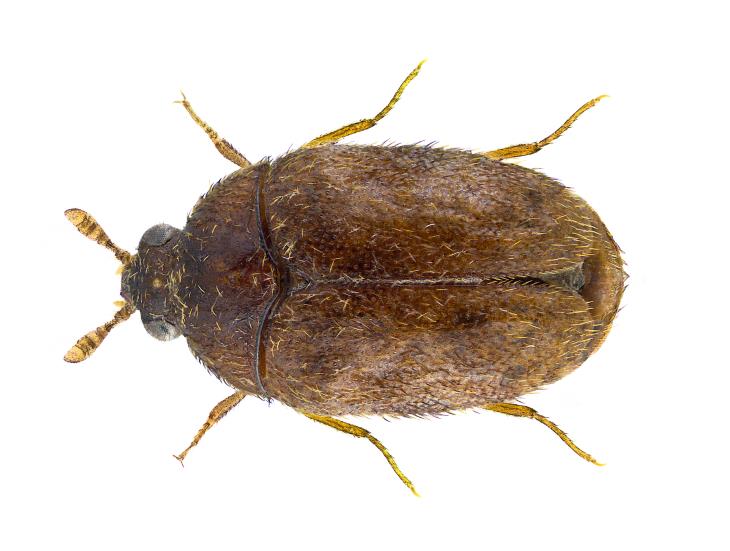
Now, this last invasive insect doesn’t pose a threat to you or your plants, but it is still considered one of the worst invasive species in the world! That’s because Khapra beetle larvae can devour massive quantities of stored grain and other food products. Up to 70% of the stored food’s weight can be lost as a result of an infestation, and widespread fumigation is necessary to exterminate the pest.
Native to India and the Middle East, the first Khapra beetle infestation was found in California in the 1950s. This infestation spread to more than 150 sites across the country, and the subsequent eradication of the invasive bug reportedly cost the US government over $90 million.
Cargo ships have a mandated quarantine for intercepting Khapra beetle-infested shipments. But you can still occasionally find these tiny dark brown bugs as well as their yellow larvae in rice and other crops from overseas.